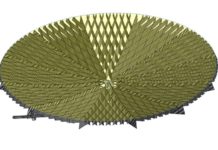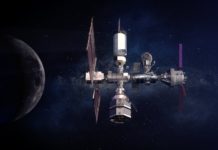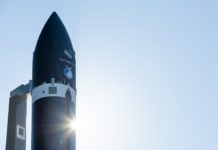The Japan Aerospace Exploration Agency (JAXA) has begun test firing LE-5B-3, the engine developed for the second stage of its new H-3 rocket slated for launch in 2020.
An enhanced version of the LE-5B-2, which is currently being used in the second stages for JAXA’s H-IIA and H-IIB rockets, the LE-5B-3 is a liquid-propellant cryogenic engine that uses liquid oxygen (LOX) and liquid hydrogen (LH2). It differs from other engines in JAXA’s LE-5 family in that it is more affordable, without compensating the dynamics to blast off H3, a larger rocket compared to the H-II series.
According the JAXA, tests of the engine’s LH2 turbopump were successfully conducted between December 2016 and January 2017. In March 2017, the first engineering model equipped with the hydrogen turbopump was assembled, kicking off its preliminary firing tests. The test is proceeding on schedule and should be completed in September.
The LE-9, also a cryogenic engine, will be used in the core stage of the H-3 rocket, and has also been installed in Tanegashima Test Center to prepare it for firing tests. Also using LOX and LH2, two LE-9 engines will be used in the H-3 first stage, to provide 1,472 kN of thrust.
Both engines, along with the actual H-3 rocket, are currently being manufactured by Mitsubishi Heavy Industries. Built to launch commercial satellites into geostationary orbit, the H-3 rocket was conceived with the aim of lowering cost and making Japanese launch services more competitive. It will replace JAXA’s current workhorse, the H-IIA.







